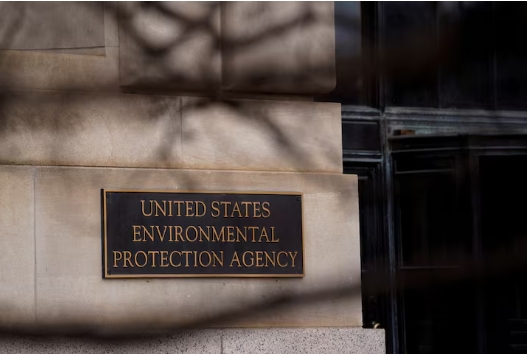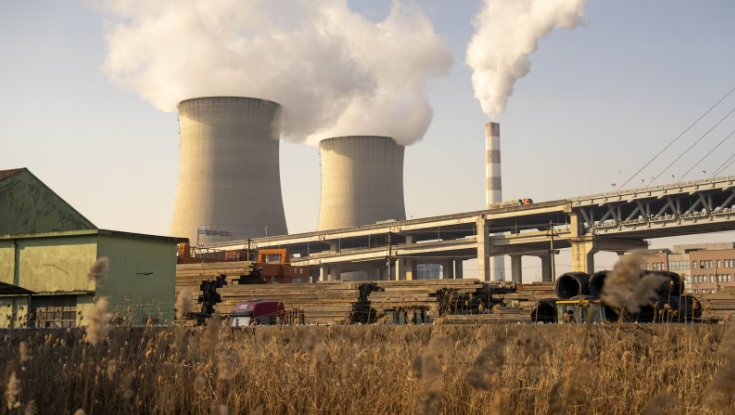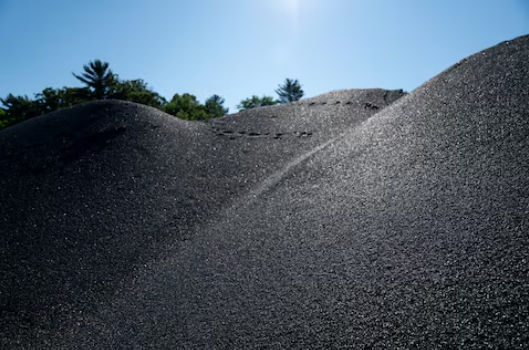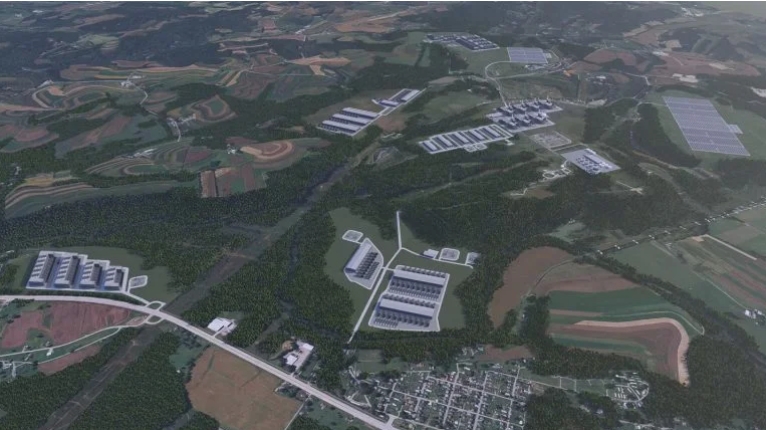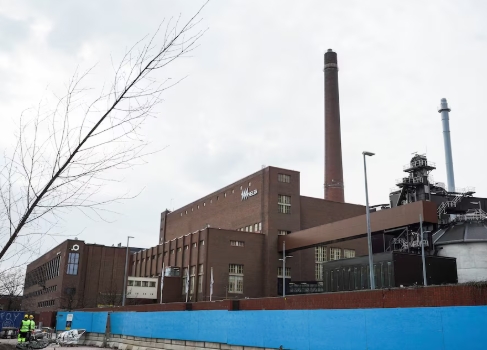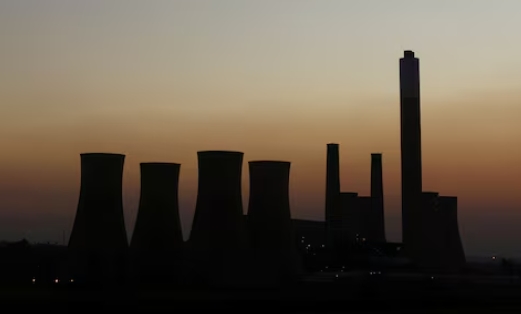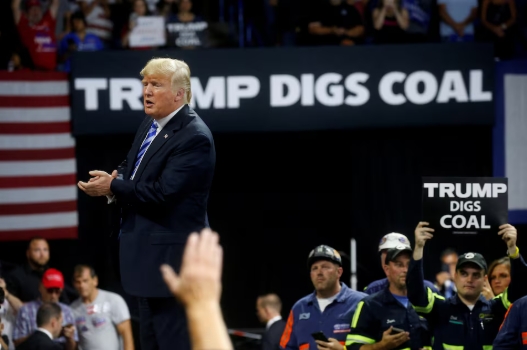Nuclear energy has long been touted as a promising form of energy production for a decarbonizing global economy. Nuclear power is efficient, it’s established, and it has zero carbon emissions. Indeed, some countries, most notably China, have included nuclear energy as a major part of their national plan for decreasing their carbon footprint. For all of nuclear energy’s benefits, however, nuclear energy production also has some serious drawbacks. While nuclear meltdown is extremely rare, its horrific consequences loom large in the public imagination. High-profile tragedies like the disasters at Chernobyl, Fukushima, and Three-Mile Island have made nuclear a tough sell for those of us who, understandably, do not want a nuclear power plant in our backyard.
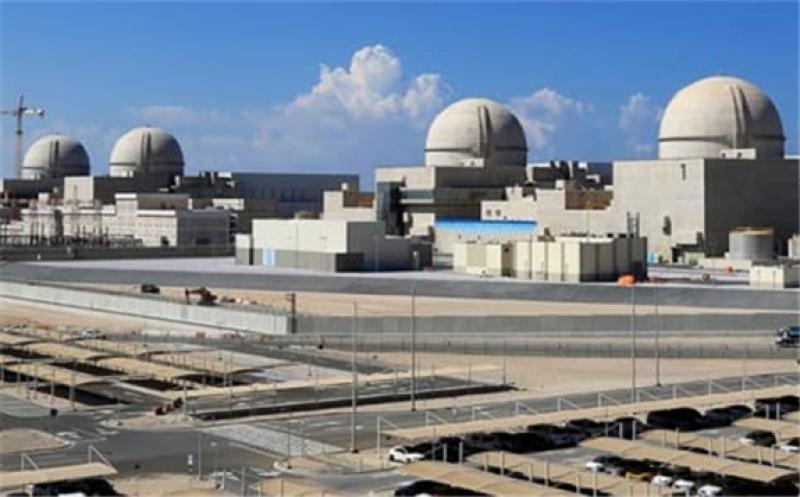
It’s true that nuclear disasters are exceedingly uncommon, and nuclear is much safer than the average person may believe, but there are other drawbacks to nuclear that are both common and considerable. One of these is the exceptionally high cost of nuclear power. Just last month, the World Nuclear Industry Status Report showed the shocking statistic that nuclear is now the most expensive form of power generation in the world, with the sole exception of gas peaking plants.
And then there’s the issue of nuclear waste, and it’s not a minor one. Around the world, radioactive waste is piling up, and managing it is a huge expense, not to mention a public health risk of massive proportions if not handled appropriately. Spent nuclear fuel is so hazardous because the waste, in particular uranium and plutonium, is highly radioactive with a half-life that will outlast all of us.
Recently, different nuclear-powered countries around the world have been pursuing “final disposal sites” for their nuclear waste. This process consists of converting this radioactive waste into a kind of glass via a process known as vitrification. This glass will then be stored inside of stainless steel vessels that will be kept in a pool to maintain a cool temperature until they are finally transferred to their final resting place deep underground, where they will remain undisturbed until their amount of radioactivity has decreased to a level that they can be handled safely--a period of time anywhere from 1,000 to 100,000 years.
To date, no country has brought one of these final disposal sites online, but a small handful are actually working on developing one. “Finland and Sweden have selected locations for construction and Finland is expected to start construction in the early 2020s,” reports the Japan Times. “France is still conducting underground surveys, while Switzerland, China, and Canada are analyzing boring samples. Belgium and Germany are at roughly the same stage as Japan.”
In Japan, however, as the Times article details, the site planning has been mired in controversy. Until nine years ago, nuclear energy represented a major part of Japan’s energy mix. After the Fukushima nuclear disaster of 2011, however, Japan has largely soured on this form of power production, and citizens have become increasingly leery of the sector’s various risk factors. This discontent and distrust have recently come to a head in Hokkaido, where the Horonobe Underground Research Center, “which conducts research and development on disposal methods for high-level radioactive waste” is found, over the topic of choosing a location for Japan’s final disposal site.
Cash-strapped towns have applied to be the new home of the nuclear disposal site, but in some cases, this has been against the direct wishes of the towns’ residents, who have seen the horrific effects of radiation sickness twice over in their nation's history--once from the atomic bombing of Hiroshima and Nagasaki and once from the disaster at the Fukushima nuclear power plant, brought on by a powerful earthquake.
The controversy in Japan is directly related to that nation’s particular history to be sure, but it is part of a global problem. Nuclear waste is not just a hazard for ourselves, but for countless generations to come, and we cannot afford to be cavalier with its management. Finding a place for the spent nuclear fuel that has already been created by generations past and that yet to be produced cannot be rushed or thrust upon those who do not want it but have no power to refuse it. Final disposal sites are certainly a step forward but Japan shows us that they’re also, ultimately, a flawed solution.
This article is reproduced at oilprice.com
